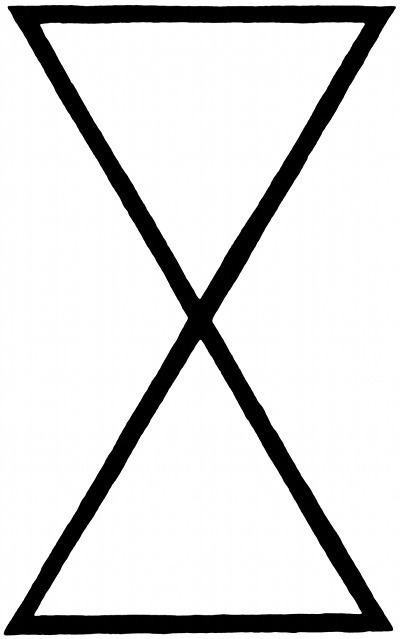#pre-christianity
Figure 5 (p19).
“In allowing her boundaries to be penetrated from within by an emerging Other, the Goddess demonstrated her true creativity. She became the universal Mother. This crucial moment of birth was synonymous with creation, according to the ancient concept. This was the moment when the Goddess (not the emerging God) said, ‘Let there be light,’ because the eyes of her newborn first perceived the light of existence, as he himself might become the light of fire or the sun. In the classical world, the Goddess had names like Juno Lucina or Diana Lucifera, the Bringer of Light. From her the biblical Yahweh copied his Fiat lux.
“The god’s birth was celebrated each year at midwinter. The nocturnal festival was known as the Night of the Mother to pre-Christian Britons, which may explain why Christmas Eve (the time of the actual birth) carried even more significance in Old England than Christmas Day. In Alexandria, the god’s birth was hailed by joyful shouts: ‘The Virgin (Kore) has given birth! The light grows!’ The naked image of the divine birth-giving Virgin was decorated with gold stars and carried seven times around the temple.
“Just as, in pagan belief, creation was a birth, so every birth was a new creation. Each year the Aeon or year-god was reborn from the eternally virgin, eternally maternal Goddess. Thus, at the mystic point of creation itself, the graphic symbol of the Mother became three broken lines, while that of her son-spouse was three solid lines.
“Male and female triangles, one separated, came together again in a very ancient figure that later rounded off to the mathematical symbol of infinity in so-called Arabic numerals, which were actually Hindu in origin. The two tangential circles or teardrop shapes of this sign meant the same as two tangential triangles: the two sexes in contact (Fig. 5). The female triangle above now took on the aspect of a nourishing breast, while the male received her nourishment.
“This was also taken as a sexual sign, in unconscious but nevertheless real recognition of the connection between adult sexuality and bond between mother and infant. According to Tantric symbolism, the female triangle was placed above the male, who then assumed all forms of relationship with her: offspring, twin, spouse, and eventually sacrificial victim, as he became the eternally dying-and-reborn god, similar to Osiris, Attis, Dionysus, Adonis, Orpheus, Yama, and so on. Therefore Tantric yogis and their shaktis (priestesses) favored female-superior sexual positions, which Vedic and Confucian patriarchs condemned because of their association with the Old Religion that they wanted to erase. Though this style of lovemaking was instituted by Shiva as Universal God and the original ‘daughters of the sages’ (shaktis), patriarchal Brahman priests insisted that it was a perversion” (p17-18).
Glyph from Barbara Walker‘s The I Ching of the Goddess
Post link

